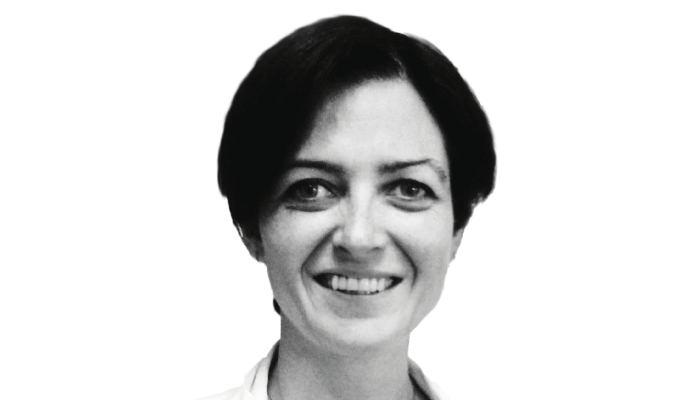Many analytical problems require high-performance techniques, especially when dealing with complex matrices such as food products. Enhanced separation is often key to extracting the necessary level of information. This is true for both food quality and authenticity applications, where untargeted approaches are generally applied, and for food safety issues, where targeted and ultra-trace techniques are used.
Multidimensional separation techniques are popular in both of these settings (targeted and untargeted analyses). By coupling separation techniques, we can enhance peak capacity at each separation step, providing higher-level information (often multi-level) than single-dimension approaches. These multidimensional techniques often involve chromatography coupled to MS or other informative detectors.

The literature details plenty of fascinating and powerful approaches to increase the separation power of chromatography systems. However, the impressive development of such analytical systems in terms of sensitivity, selectivity, and separation power has led people to underestimate the role of sample preparation. It may be seen as an ancillary, undesirable, and time-consuming step. Many would rather opt for sophisticated and expensive instrumentation than spend valuable time optimizing and validating the sample preparation step.
The sample preparation community is very active in proposing brilliant and novel solutions. These include new sorbent materials and more rapid, miniaturized, and efficient purification methods, often with desirable “green” qualities. The potential of these new approaches is often not fully expressed due to the lack of analytical techniques powerful enough to support their evaluation and provide evidence to the wider community.
In short, sample preparation is rarely regarded as an extra separation dimension that can contribute to the overall multidimensionality of a system. In this sense, sample preparation is a low-resolution technique that provides a limited additional peak capacity but often an essential contribution to the separation power of the process as a whole. Dedicated sample preparation can therefore simplify the overall analytical method by reducing our need for sophisticated instruments and increasing the power of an analytical method. This is particularly useful in the context of complex food matrices. I find it wild to think that any researcher would willingly (or perhaps, in some cases, unwillingly) pass up such a valuable opportunity to enhance their research capabilities.
A relationship even less investigated is the contribution of multidimensional chromatographic systems to the optimization of sample preparation steps. How? For instance, through the chromatographic separation of a class of interfering compounds, thus reducing the need for extensive sample preparation steps. A good food-based example is the problem of mineral oil contamination, which requires both sophisticated analytical techniques and extensive sample preparation.
A closer interaction between multidimensional separation and sample preparation could increase the dimensionality of entire methods in a very dedicated and fit-for-purpose way – allowing us to reach higher and achieve more ambitious goals. Collaboration between these two inherently related communities will increase the amount of information extractable from any analytical method – in food analysis and beyond. In this context, the sample preparation community has created, within the Division of Analytical Chemistry (DAC) in EuChemS, a Sample Preparation Study Group and Network that aims to promote advances in the field and facilitate communication with other areas of analytical sciences. We hope that our DAC-EuChemS Sample Preparation Study Group and Network will play a fundamental role in building a fruitful alliance between sample preparation and multidimensional techniques. Together we will reach for the stars!
Sample Preparation Study Group and Network belongs to the Division of Analytical Chemistry of the European Chemical Society (DAC-EuChemS) and includes three working groups (WG): 1. Science and Fundamentals, 2. Automation, Innovation and Entrepreneurship, 3. Information Exchange and Networking.
The DAC- EuChemS Sample Preparation Network welcomes new European and non-European regular members. Membership is open to individuals who subscribe to the objectives of the network and who are professionally engaged in or associated with sample preparation.
For more information, please visit: https://www.sampleprep.tuc.gr/en/home
